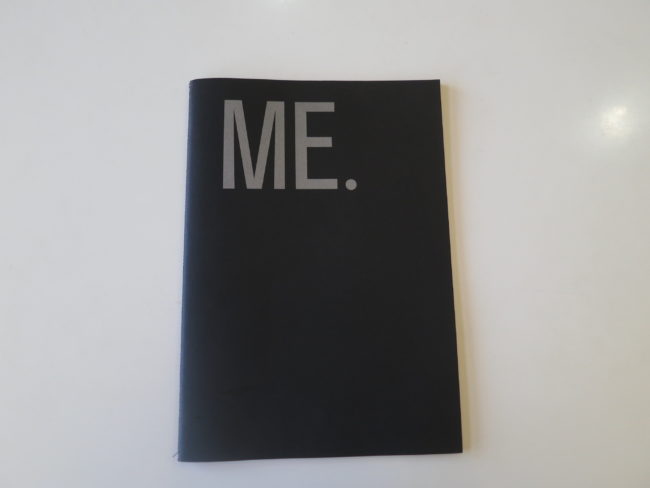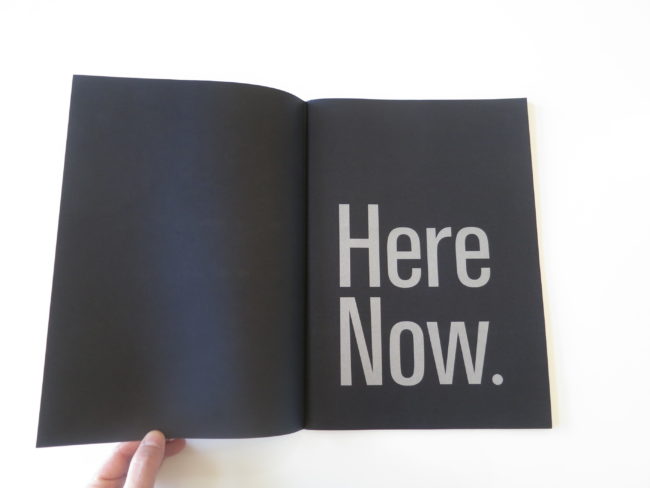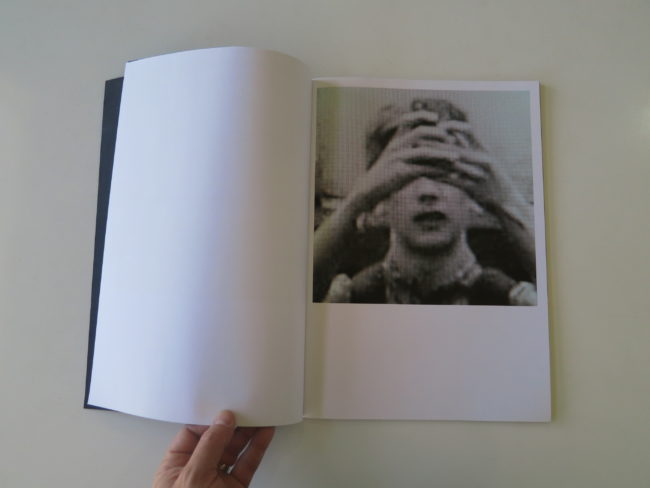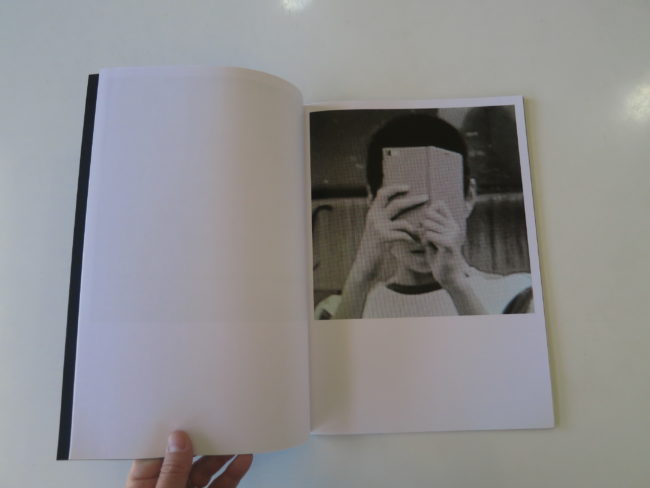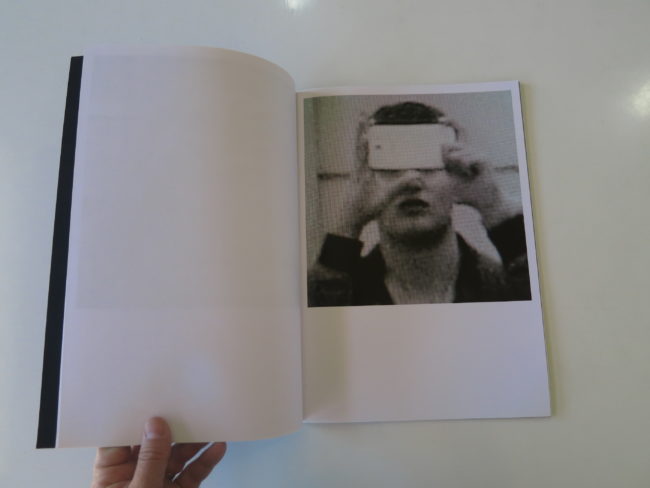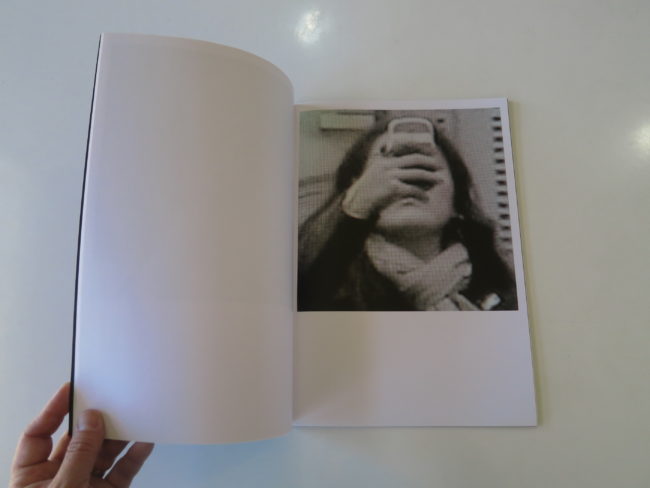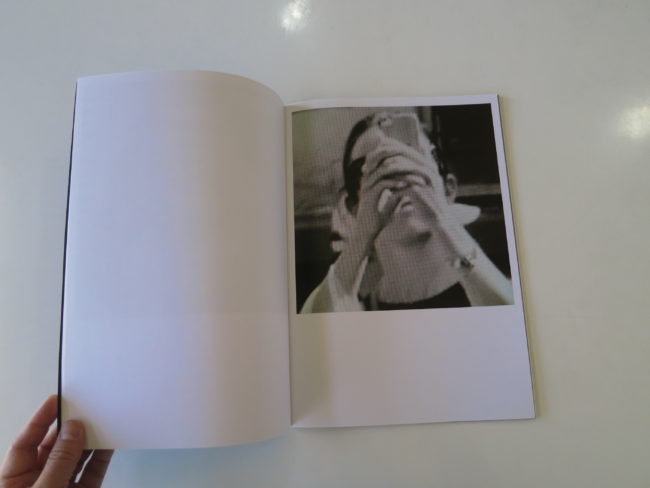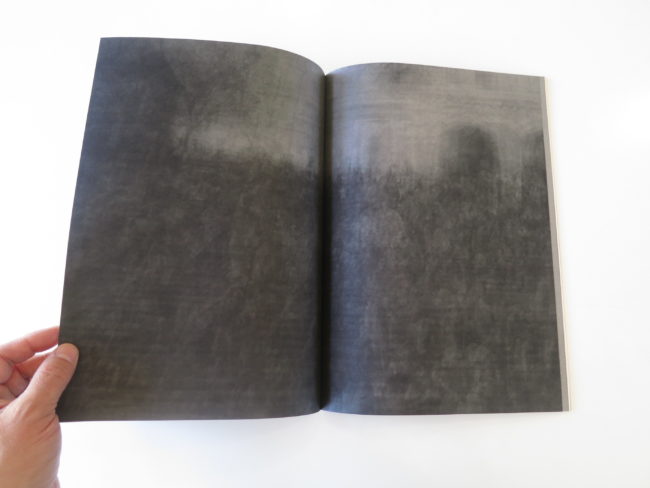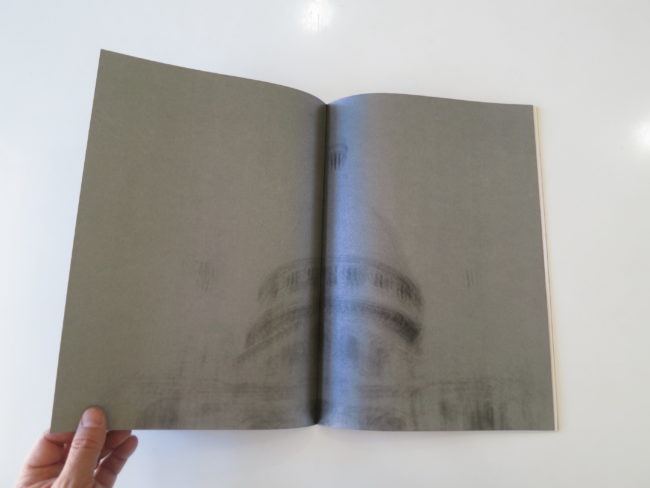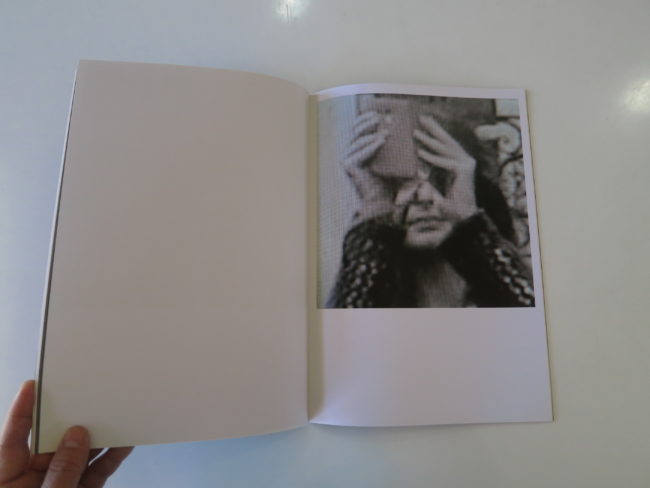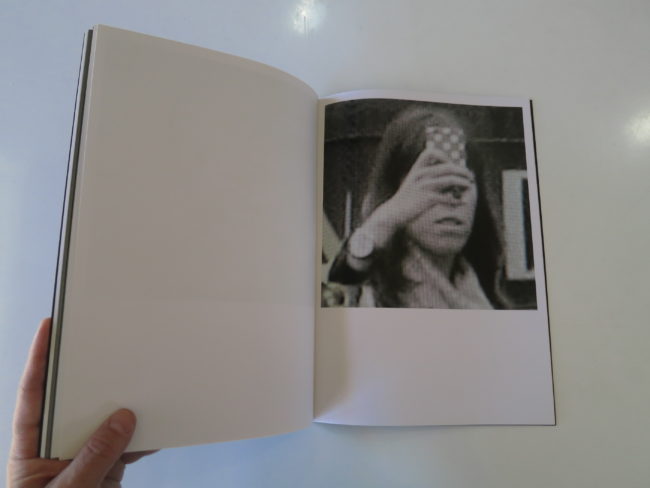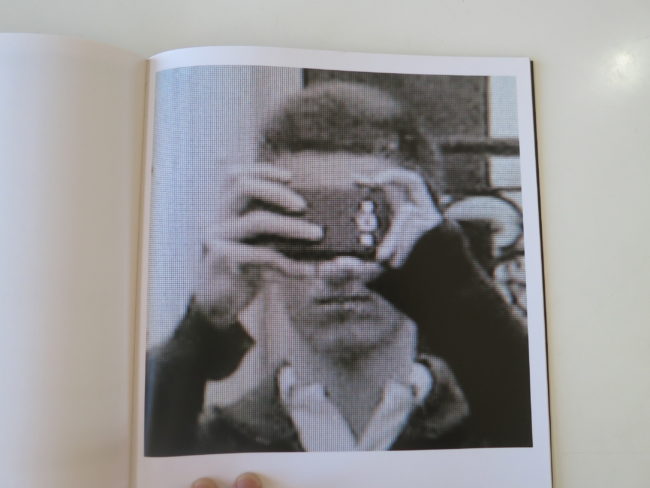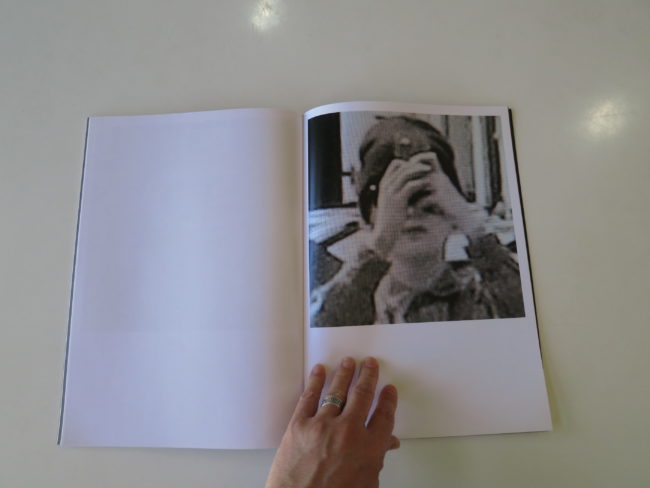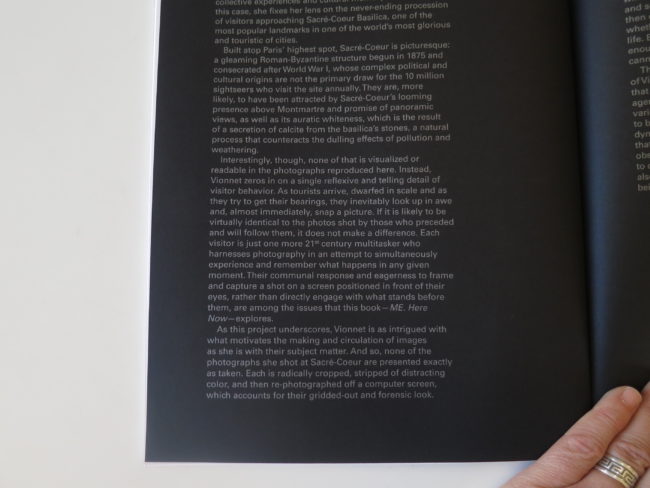Well, 2017, it’s time for you to go.
Sure, we had some memories.
You were nothing if not dramatic.
You’ve given us natural disasters aplenty, (Harvey/Irma/Maria) political intrigue so unwieldy it could choke a coked-up giraffe, and now, apparently, you’ve frozen the entire Eastern half of the United States.
But as I made my 2017 jokes a few weeks ago, I’ll spare you here. Rather, I’ll settle into that other tried and tested trope: the New Year’s resolution.
Next year, I plan to spend less time looking at screens than I did in 2017.
And I hope you do too.
It’s shocking, how much of my day is spent staring at a screen. Unlike many of you, I’m no phone junkie. But between my laptop and my television, I clock hours and hours each day in a mediated existence.
I’ve been fighting back lately, having replaced some social media time with a hike up the hill each day, as I previously told you. (Such genius! The daily walk. Perhaps I’ve invented something new?)
In general, though, I’m as much a screen-freak as anyone.
Sometimes, if I’m lying in bed watching Netflix on the computer, I’ll look above the screen, to the mountains outside my window, and then pause the show for a moment, and close the laptop.
Something innate in me recognizes the need to see what’s before me, what’s real, rather than the entertainment I’ve jacked into through the Matrix.
And then I’ll raise the screen again and press play, leaving contemplation of nature for another day. (Or art, food, cars, music, books: there are so many treats in the analog world.)
So I’m planning to give myself a screen-free-day over the next few weeks. There will be piles of books and magazines. Lots of food to cook, and kung fu to practice. (I started studying again this year, as 2017 has not been all bad, just insane.)
Will I follow through?
Would you try it yourself?
No screens for a day?
I’m in mind of the question, having just put down “ME. Here Now,” a new book by Corinne Vionnet, recently published by Fall Line Press in Atlanta.
The book was hand-delivered at a cafe here in Taos, as one of the Fall Line crew was vacationing in town, so we met for coffee. My desire to review books by female artists is hopefully well-known by now, so I told Virginie I could review this one after looking at 3 pages.
That’s all it took.
Because it brought me back to the 2011-16 photo-eye years, when I used to regularly get my hands on weird, smart, well-produced, small-batch art books.
For years, I saw that shit all the time, so you did too.
These days, though, my submissions tend towards serious, social documentary books, for the most part. (Not that this one isn’t serious.) But it’s edgy, and strange, which I love.
I think it took me until the third photo to realize I was looking at pictures of people taking pictures with their cell phones, and that the images in the book were likely shot on/from/of computer screens.
But with each passing page, in the midst of the consistency, the weird hand positions made me question whether it was real. What is real, these days, anyway?
Were there digital manipulations?
Why did everyone hold their phones up to their eyes?
Who does that?
Then there’s a block of images, breaking up the narrative, which shows a ghostly black and gray mirage, sandwiching a beautiful European building.
After that, back to the creepy phone photographers.
What to make of it all?
Well, it’s disturbing and dystopic, while also suggesting that elements are “documentary,” or un-manipulated, if you will.
But a good book asks good questions, and then doesn’t leave you hanging. So just as I was scratching my head, I turned the page, and there was an explanatory essay by noted photography critic and theorist Marvin Heiferman.
That’s the publishing equivalent of saying, “What, you have questions about comedy? Why, here’s Jerry Seinfeld to satisfy all your curiosity. You’re welcome!”
It’s established directly that Ms. Vionnet is photographing tourists at Sacré-Coeur, the beautiful cathedral at the highest point in Paris. (Photographing up explains the subjects’ repeated camera positions.)
Though it’s a great essay, pictures like this don’t need words to explain why they’re unsettling. We all know our lives are moderated by machines, more and more, with each passing year.
This is indisputable.
It’s gotten to the point that people mainly communicate via the machines, and not IRL. (You know, in the same room, through sound waves emanating from one’s vocal cords.)
So perhaps we should all adopt the resolution in 2018 to moderate the impulse?
And go for a walk each day, when possible.
Bottom Line: Seductive, creepy, excellent art book about our virtual reality
To purchase “ME. Here Now.” click here
If you’d like to submit a book for potential review, please email me at jonathanblaustein@gmail.com
